Back to top: Fine Red Orange Calcite Temper Ware (RC1)
General Description
Fine Red Organge Calcite Temper ware is very similar to the Red Orange Calcite Temper ware with a red-orange color and much calcite temper. The finer RC1 type can be distinguished from the RC by the finer temper. Additionally, the shapes are also smaller and finer than the RC types.
Back to top: Fine Red Orange Calcite Temper Ware (RC1)
Characteristics
Back to top: Fine Red Orange Calcite Temper Ware (RC1)
Phase 4 - Akkadian
| Basis for Definition | Most common in Phases 4 and 5 of Area AA. Becomes common in late third millennium strata and continues into the early second millennium. Conical cups, made in the mid third millennium in Simple ware change gradually within Phase 4 to be made in RC1 ware. |
| Identifying Attributes | Much calcite temper. |
| Surface Color | Red-orange, light orange, to tan. |
| Temper | Small calcite with some rehydrated calcite in section and on the surface of some vessels. Chaff temper is sub-round but most shapes have very little chaff temper. Lithic temper is very small and evenly distributed with light gray particles (probably Quartz) predominating. |
| Firing | Medium to high but some examples are low fired. There are some indications of uneven firing in small bowls and cups. A carbon core is found in some examples but many lighter in the center of the section than on the exterior and interior; this is the same "sandwich effect" seen in RC ware. |
| Color | Red-orange, light orange, to tan. Some examples of medium gray color. |
| Wall Thickness | Less than 5mm. |
| Shapes |
Mostly thin walled small shapes including: Cups Small bowls. Medium jars. In later third millennium examples conical cups and small open bowls made in this ware become frequent and continue into the early second millennium. |
| Manufacturing Techniques | Clay more compact near the base of most vessels; some examples have stretch lines seen in the section at the base. |
| Surface Treatment | Rough to wet smoothed. |
| Comments | Shapes tend to be smaller and finer with smaller and finer temper than RC ware. While some examples are very well made, others are produced rapidly on a fast wheel with no attention to removing traces of the wheel marks; this occurs especially in the production of conical cups. |
Back to top: Fine Red Orange Calcite Temper Ware (RC1)
Phase 4 Sherd Illustrations
Back to top: Fine Red Orange Calcite Temper Ware (RC1)
Exteriors
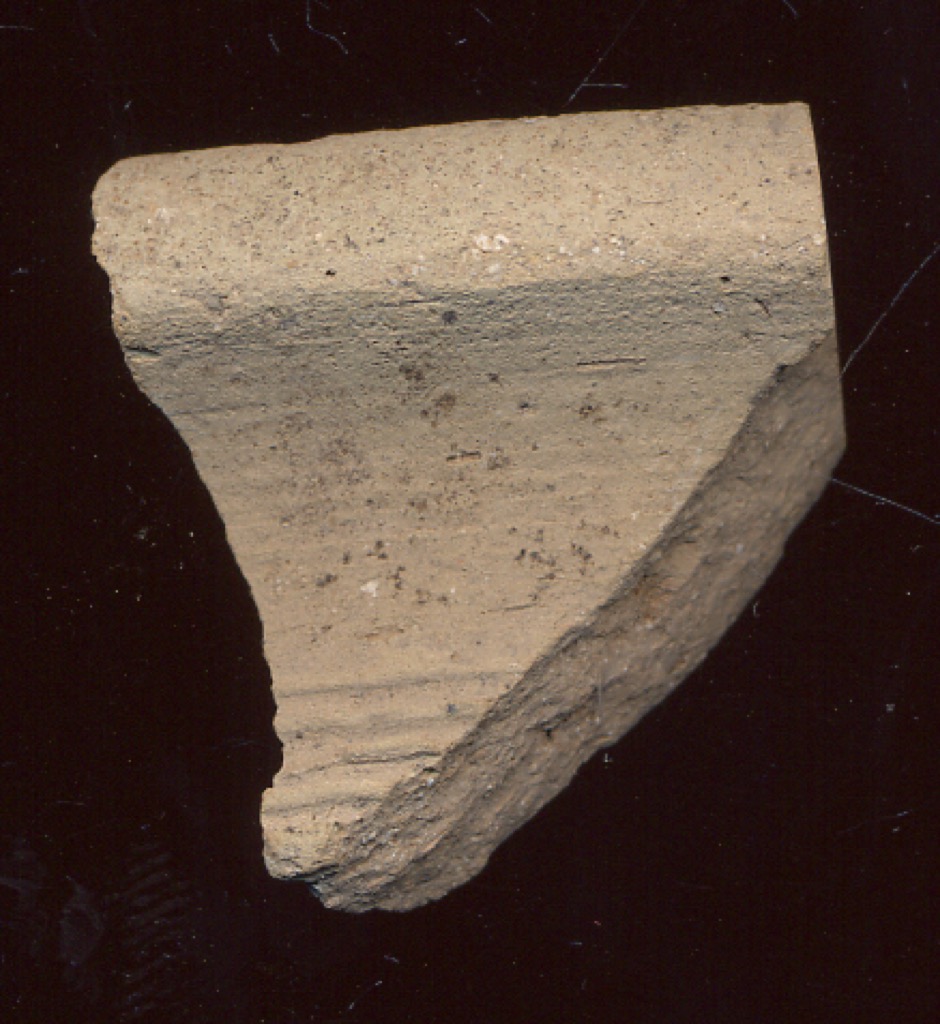 |
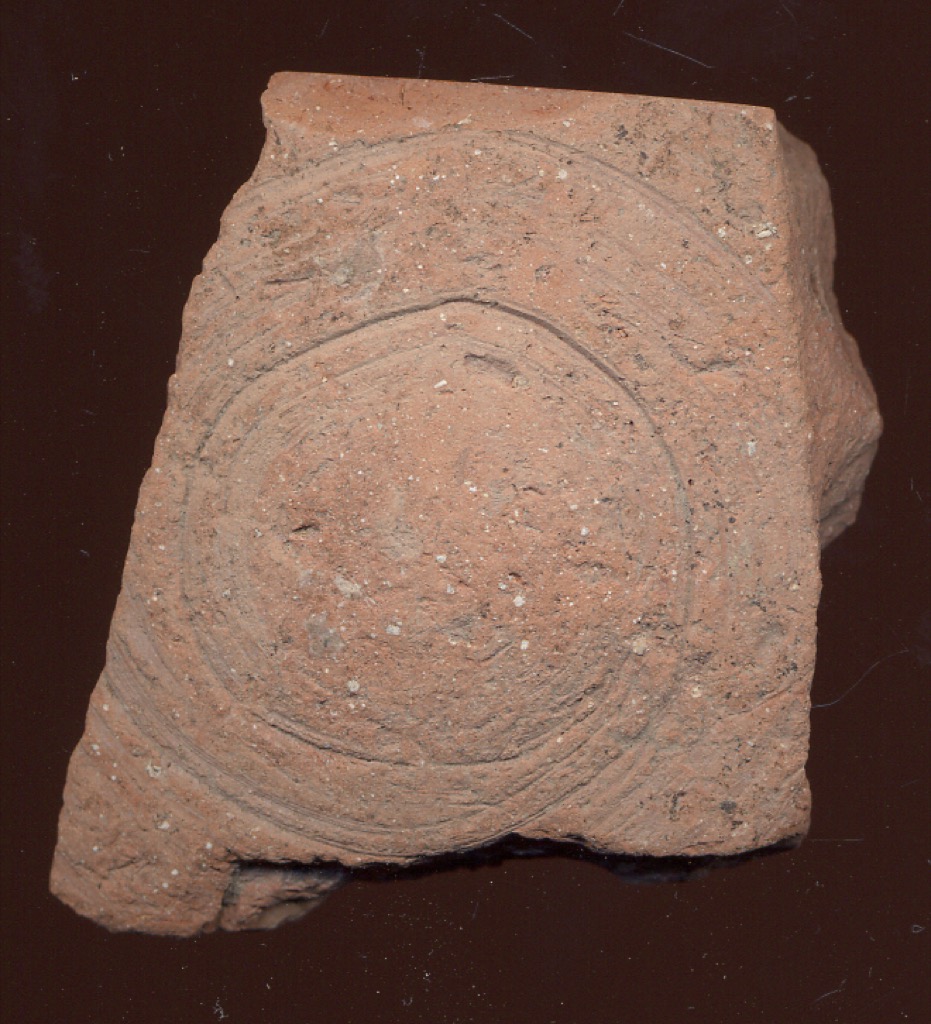 |
Back to top: Fine Red Orange Calcite Temper Ware (RC1)
Interiors
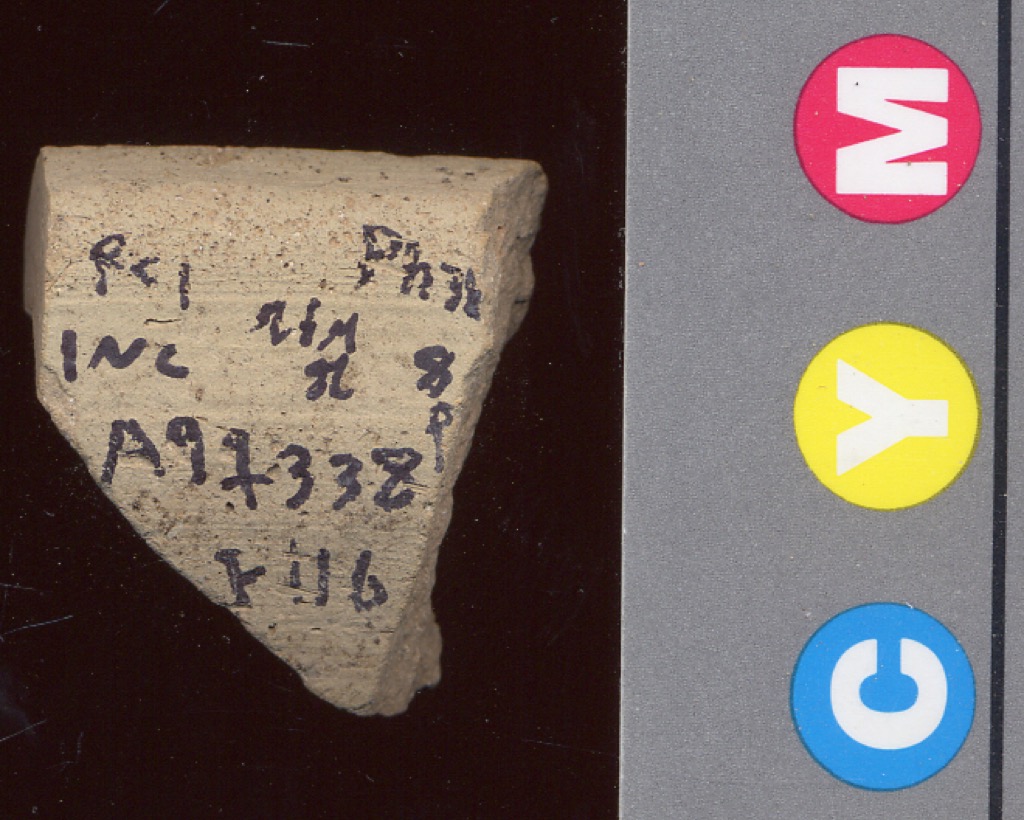 |
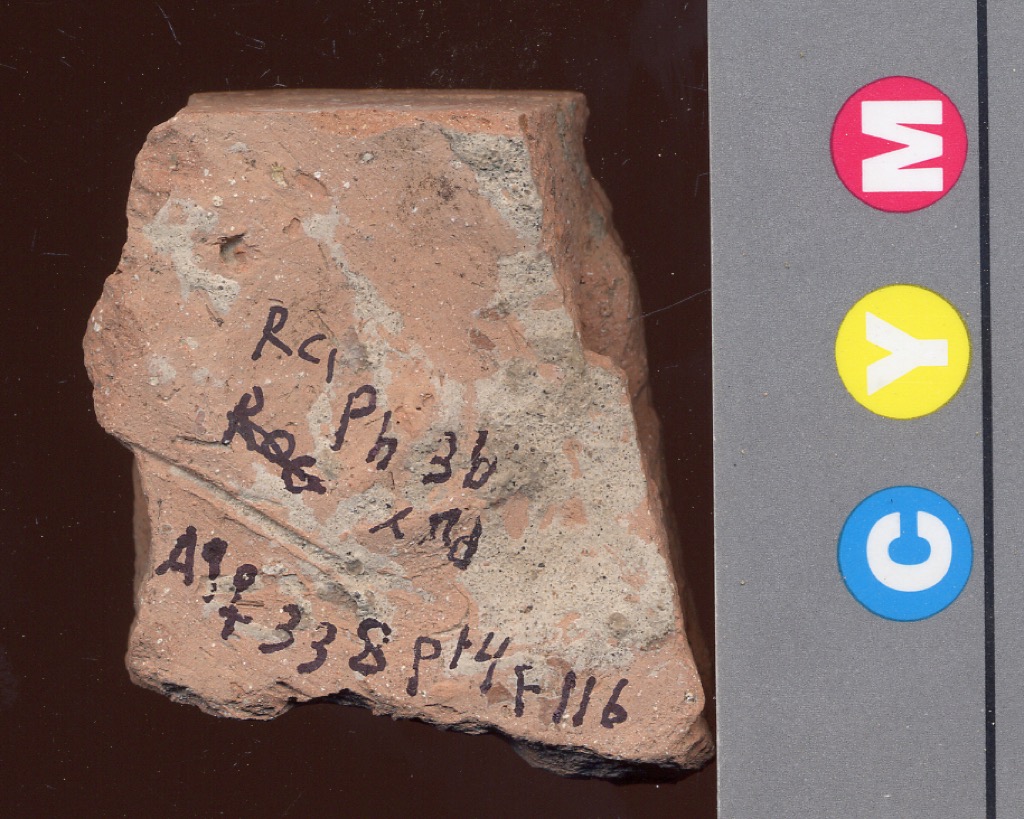 |
Back to top: Fine Red Orange Calcite Temper Ware (RC1)
Sections
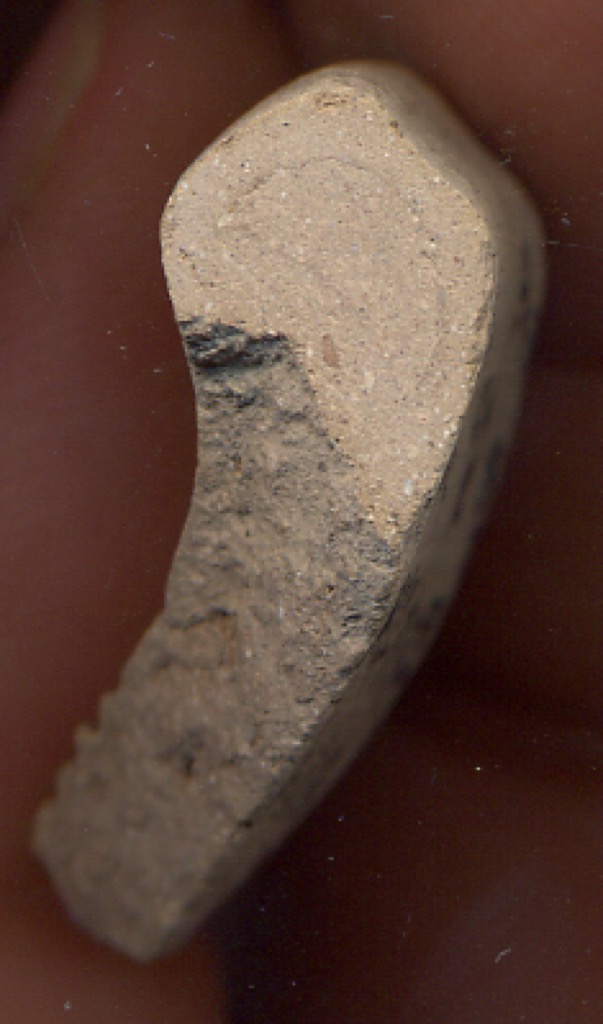 |
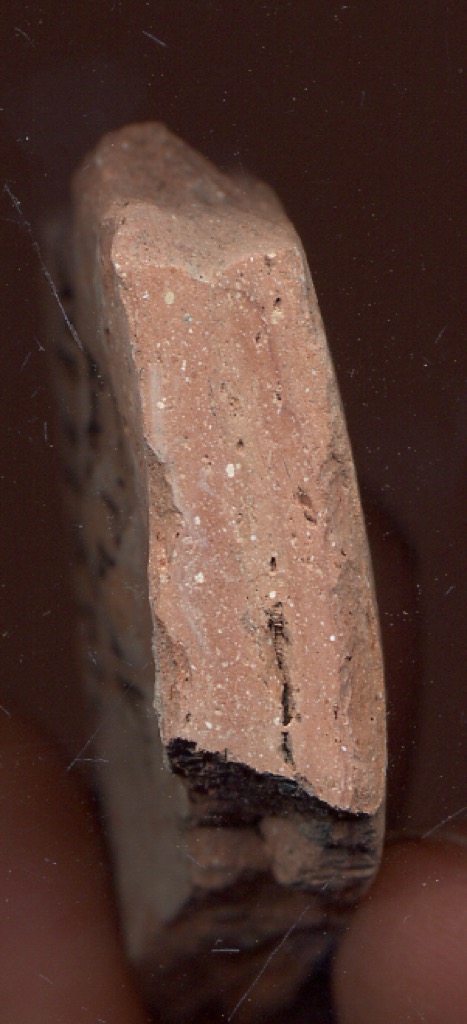 |
Back to top: Fine Red Orange Calcite Temper Ware (RC1)
Phase 5 - UrIII/Isin-Larsa
| Decoration | Small to medium carinated bowls can have template lines on the upper body. |
| Comments | Phase 5 examples of this ware are very close to those made in Phase 4. |
Back to top: Fine Red Orange Calcite Temper Ware (RC1)
Phase 5 Sherd Illustrations
Back to top: Fine Red Orange Calcite Temper Ware (RC1)
Exteriors
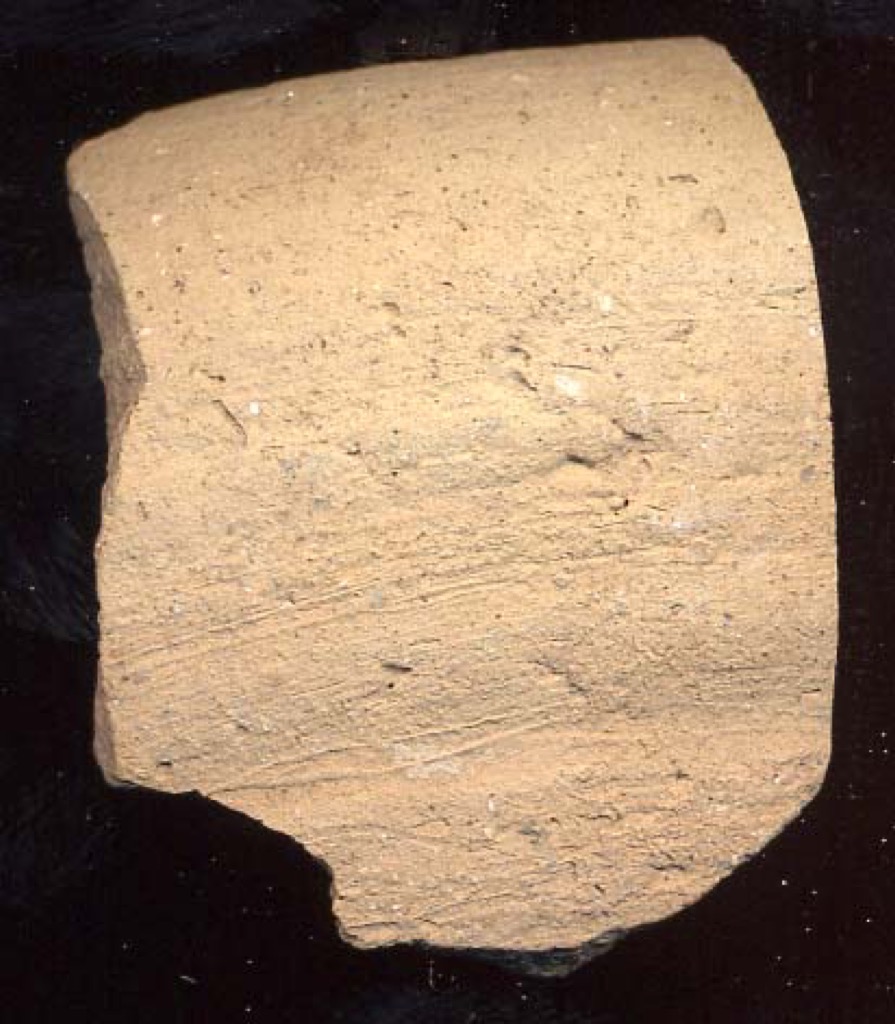 |
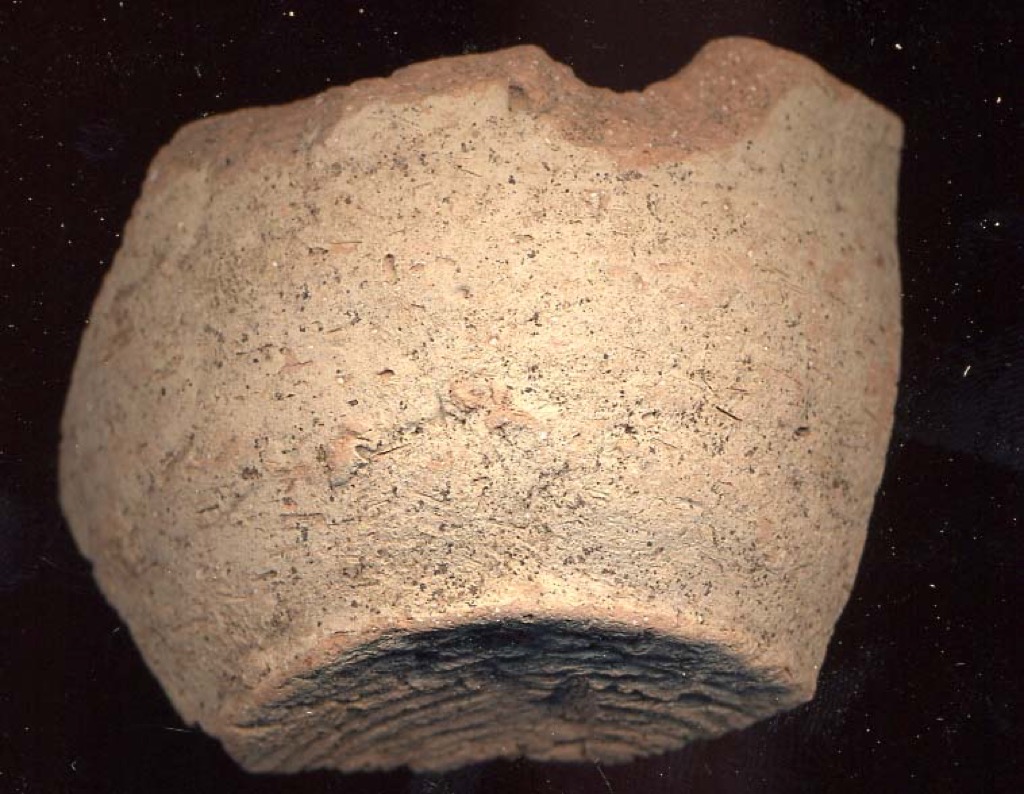 |
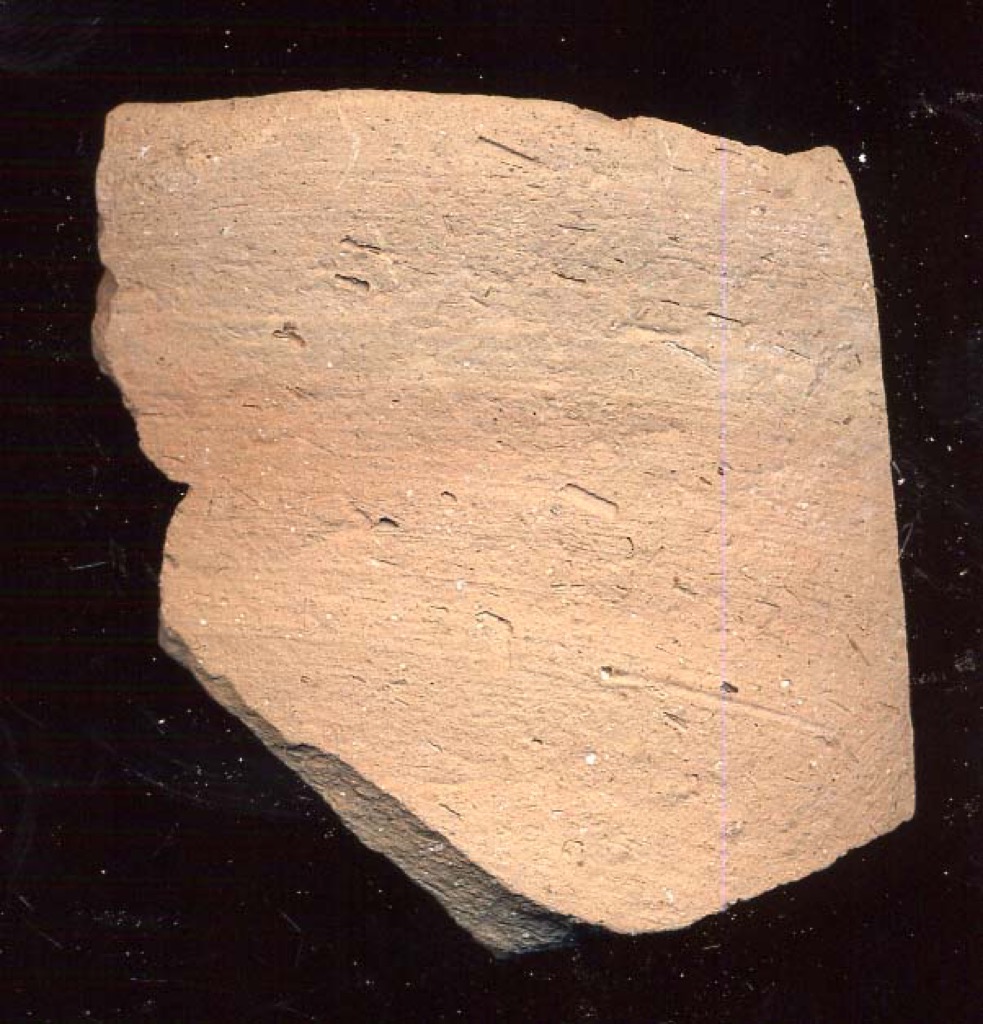 |
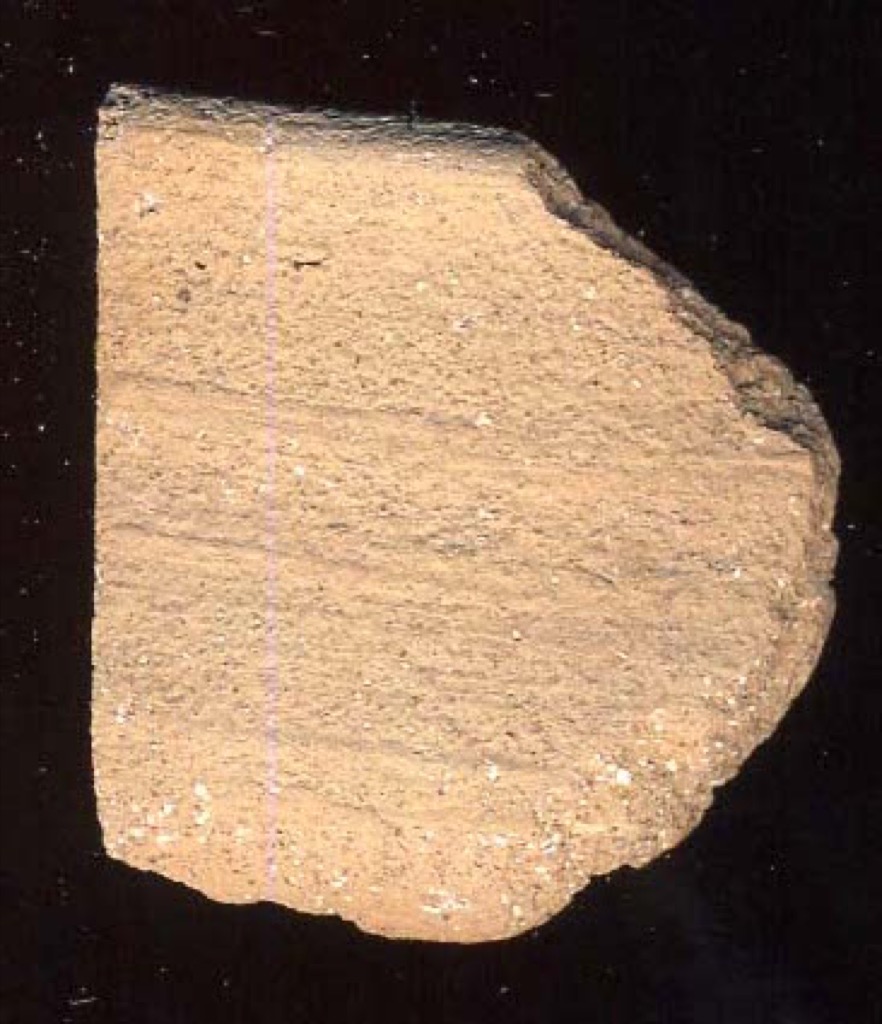 |
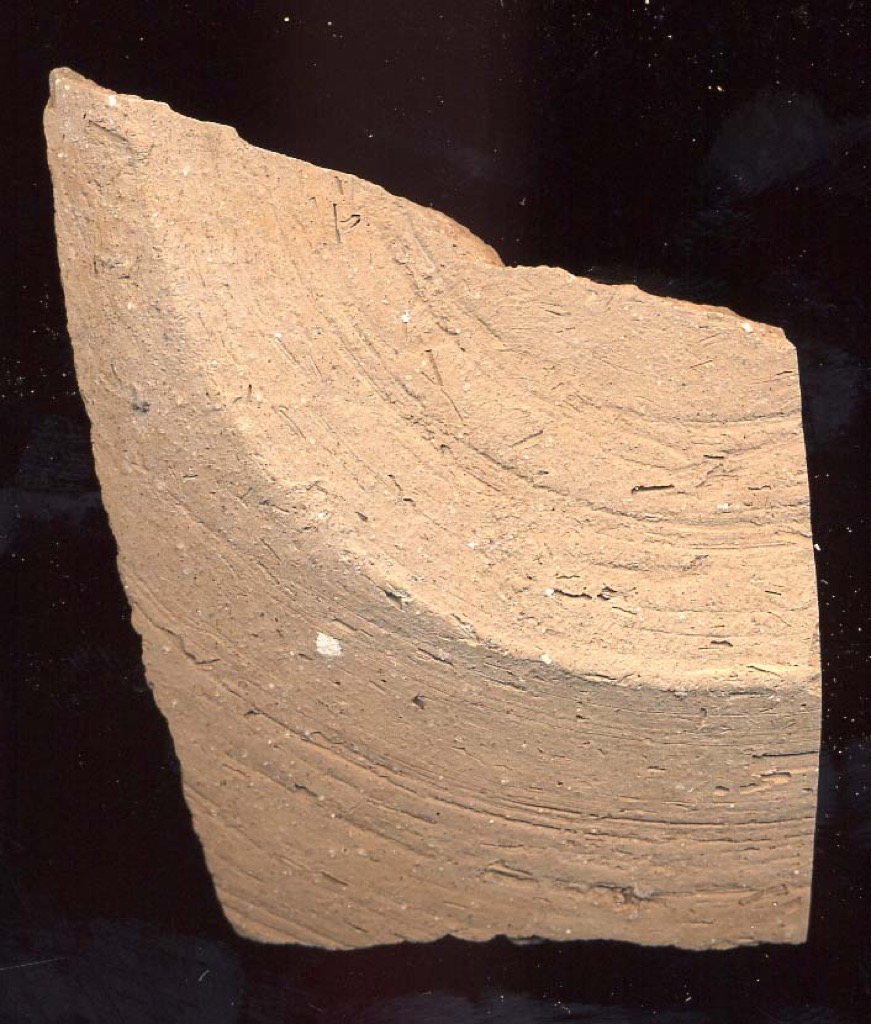 |
Back to top: Fine Red Orange Calcite Temper Ware (RC1)
Interiors
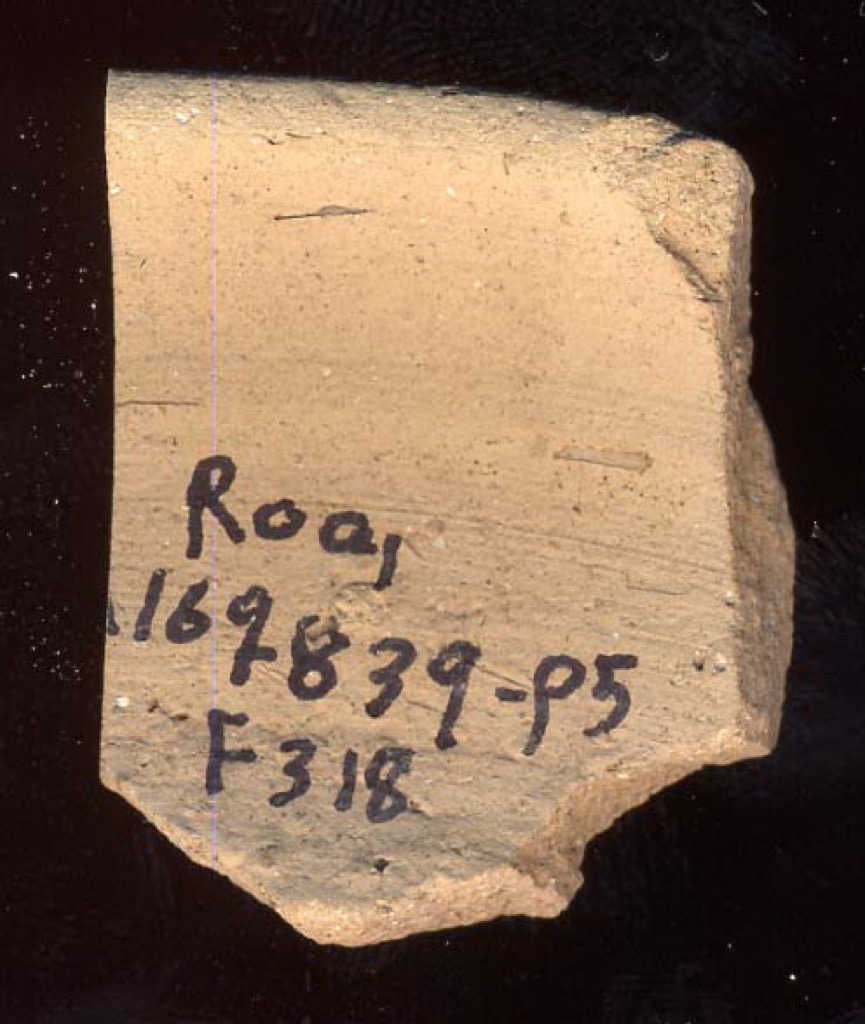 |
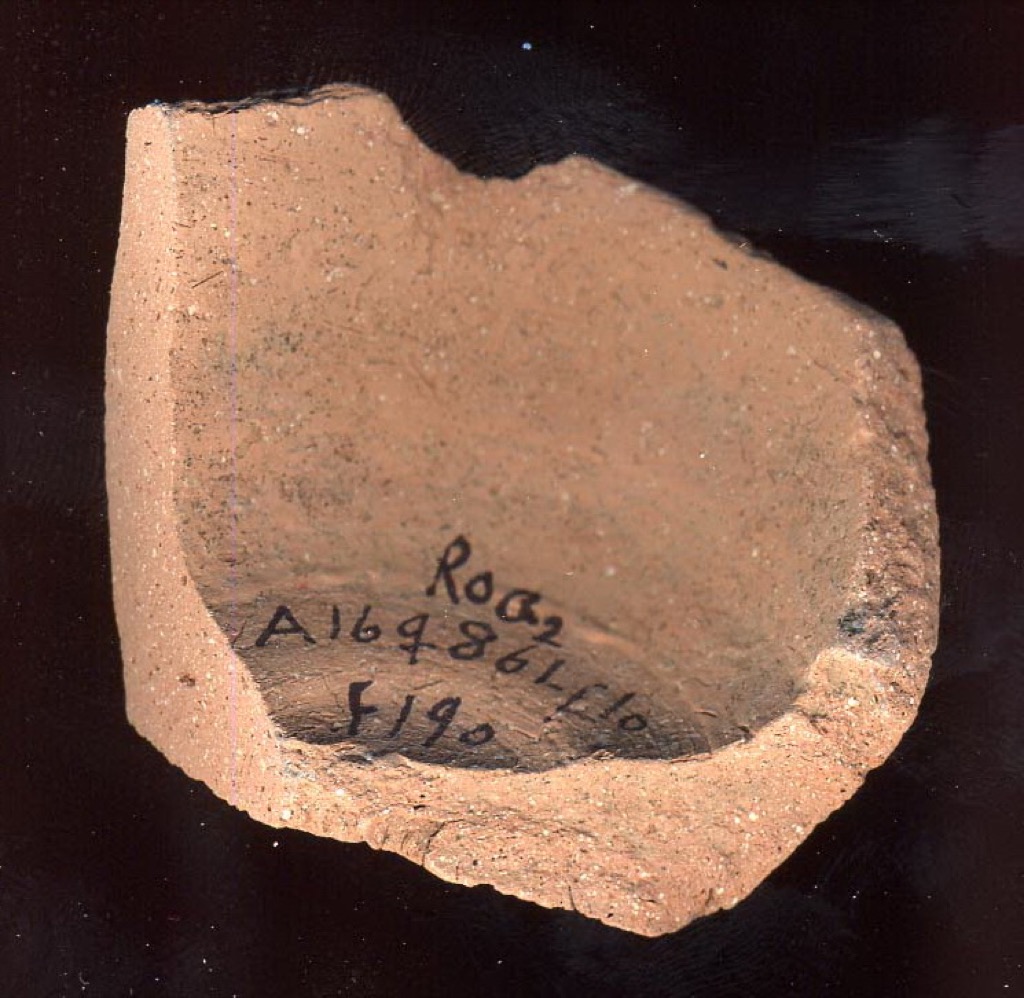 |
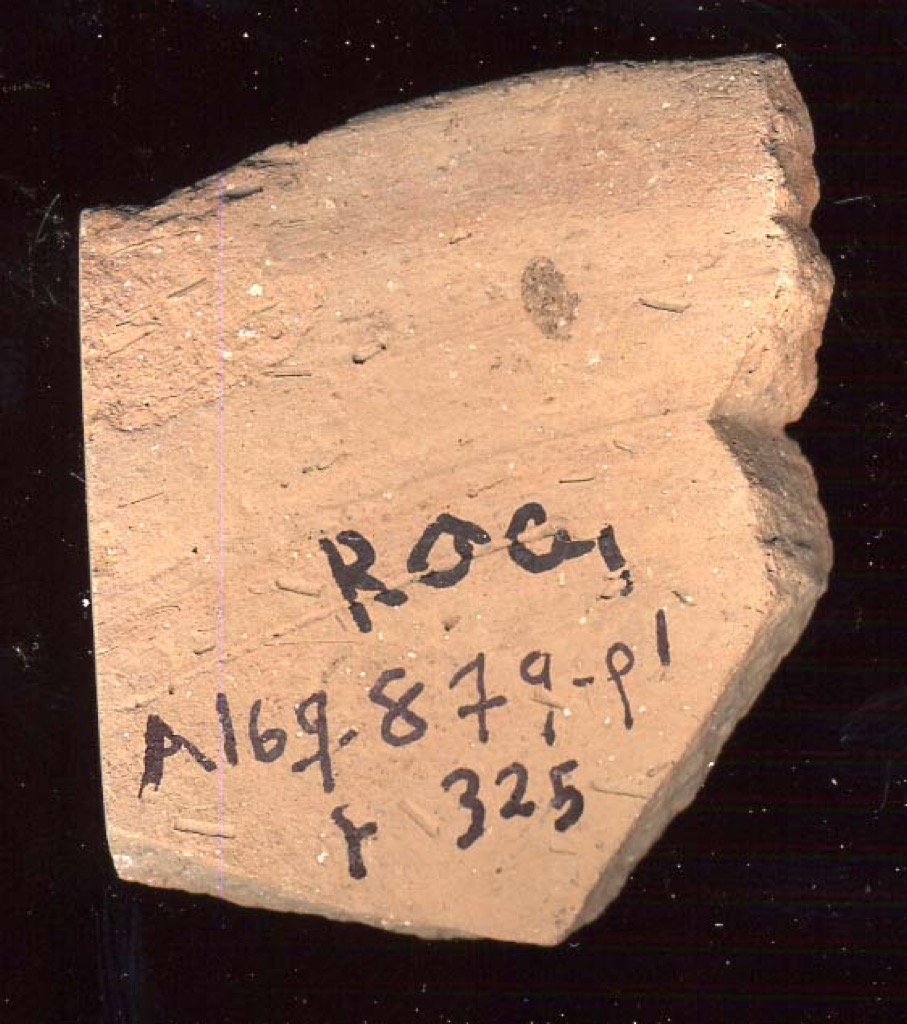 |
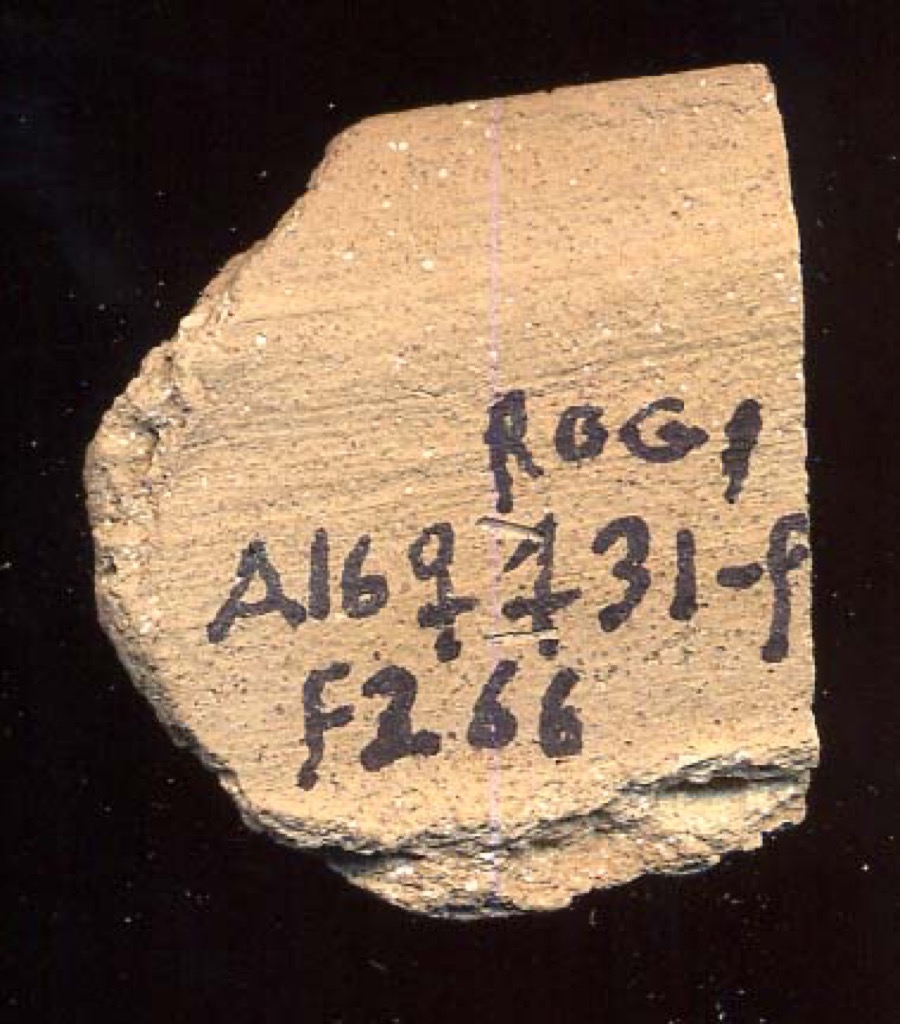 |
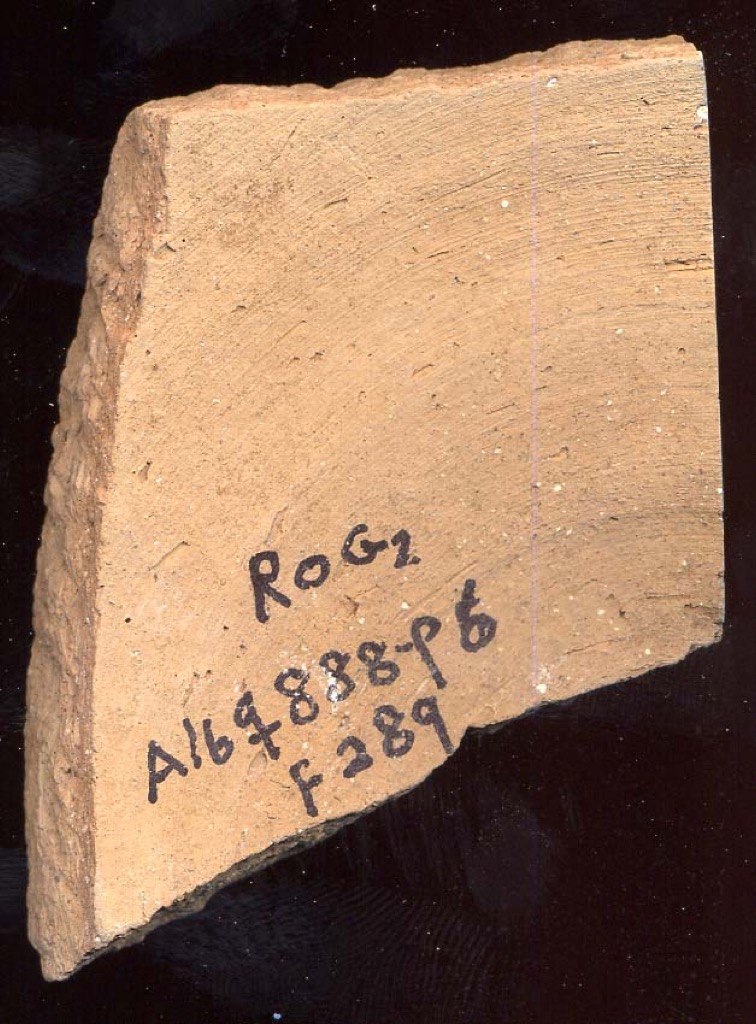 |
Back to top: Fine Red Orange Calcite Temper Ware (RC1)
Sections
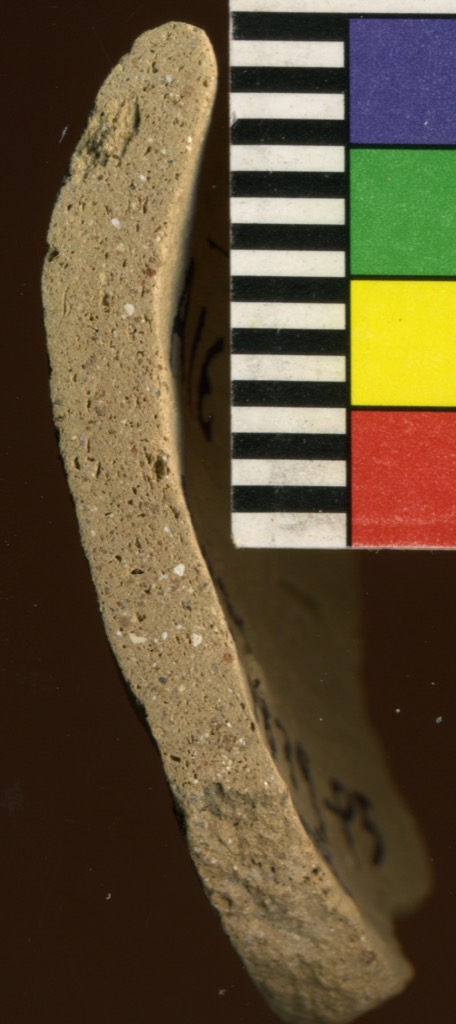 |
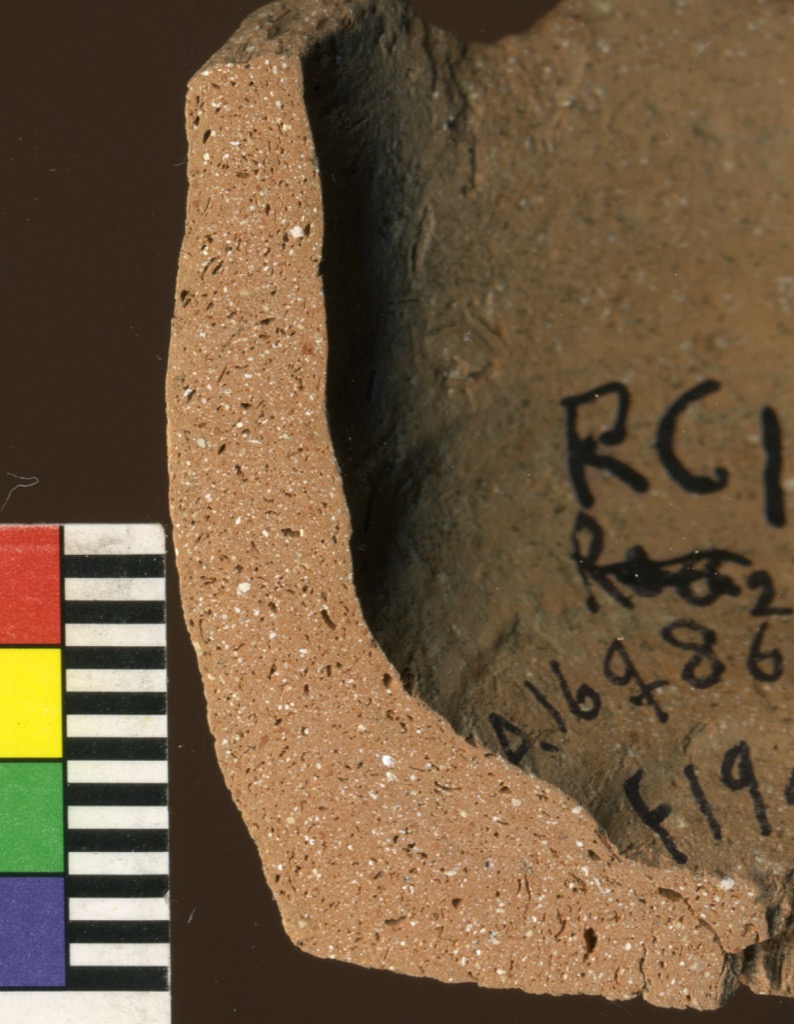 |
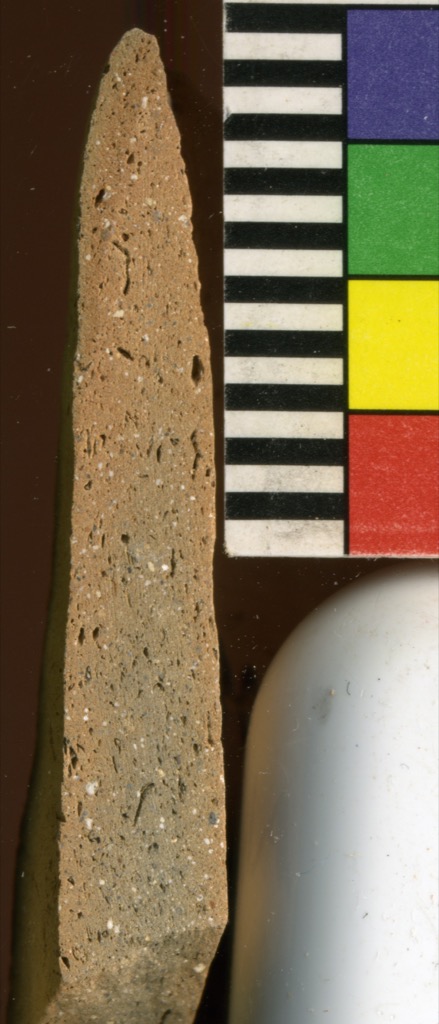 |
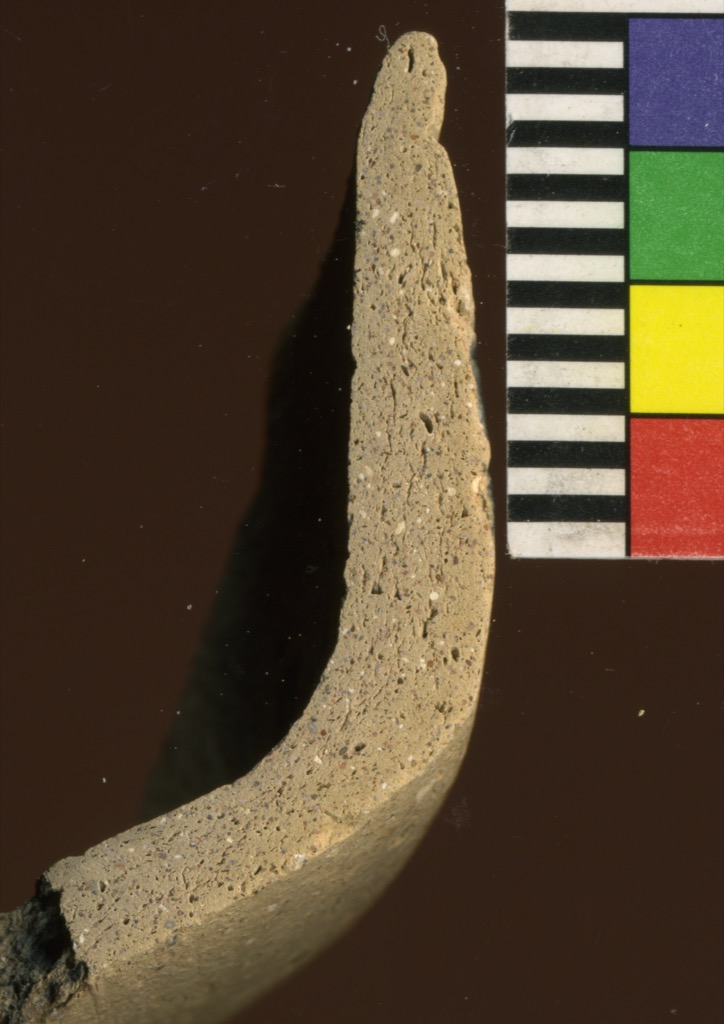 |
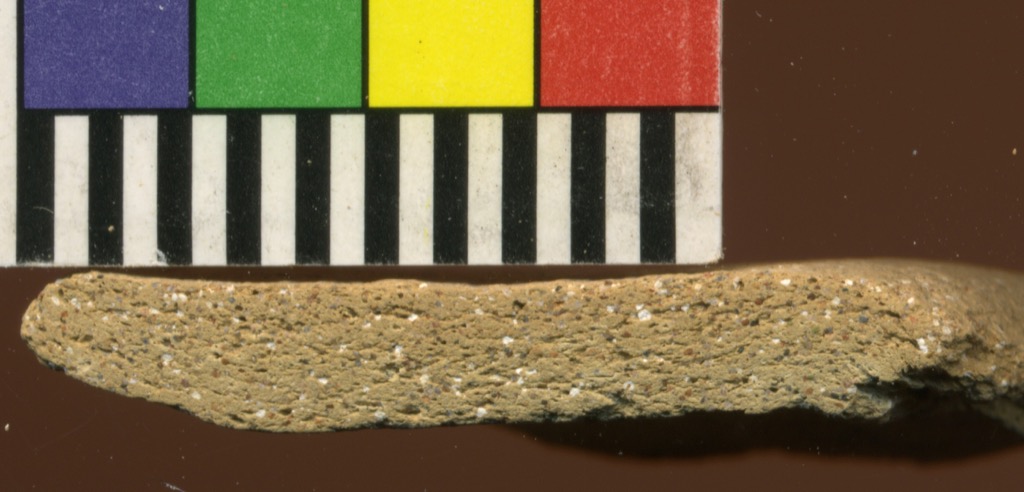 |
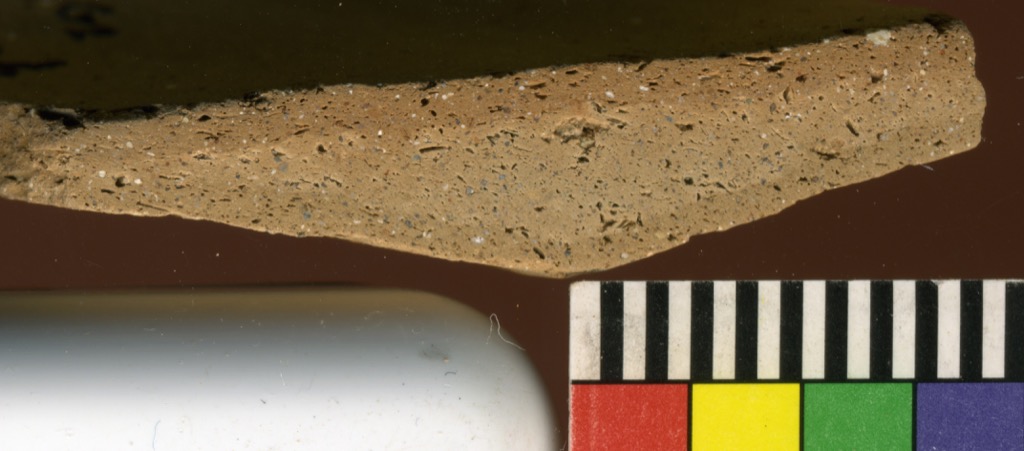 |
Back to top: Fine Red Orange Calcite Temper Ware (RC1)
Phase 6 - Khabur
| Temper | Calcite is found in a small to medium size range making them in general larger than the calcite found in Phase 4 RC1 vessels. Some sand occurs as an inclusion. |
| Firing | Medium to high, few have the "sandwich" coloration in section. |
| Color | More of the vessels are red-orange in color. |
| Surface Treatment | Light buff slip sometimes applied to the exterior but so thinly that the orange clay shows through giving the surface a light orange color. |
| Decorations | Can be painted with the typical Khabur designs. |
| Comments | Stretch marks can be found near the rim and near the carination in carinated bowls. |
Back to top: Fine Red Orange Calcite Temper Ware (RC1)
Phase 6 Sherd Illustrations
Back to top: Fine Red Orange Calcite Temper Ware (RC1)
Exteriors
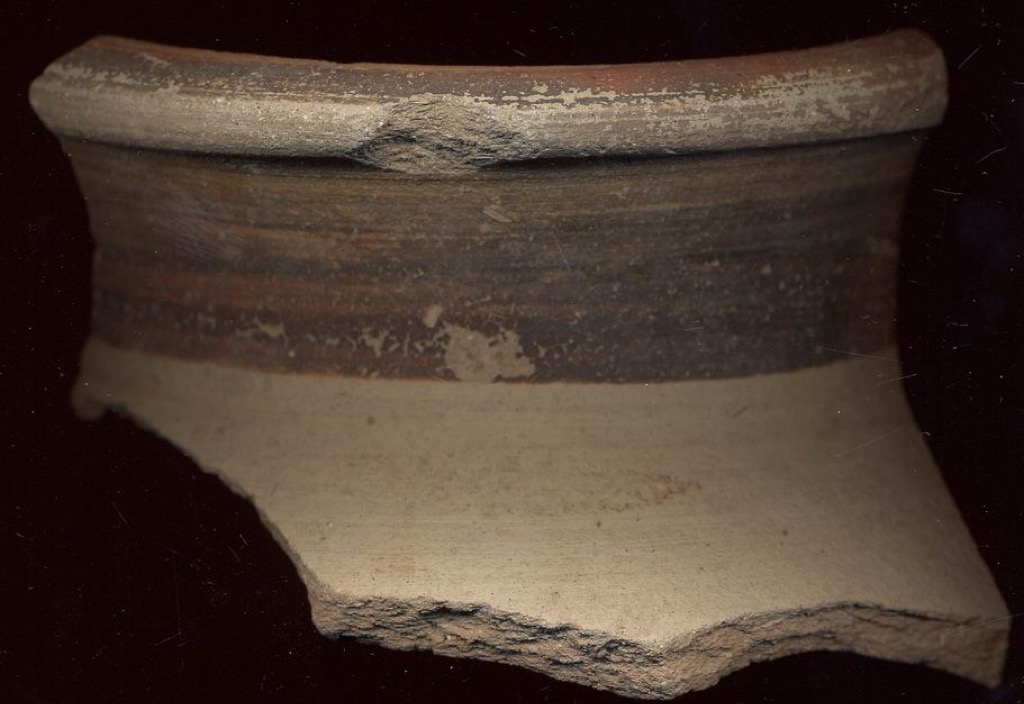 |
Back to top: Fine Red Orange Calcite Temper Ware (RC1)
Interiors
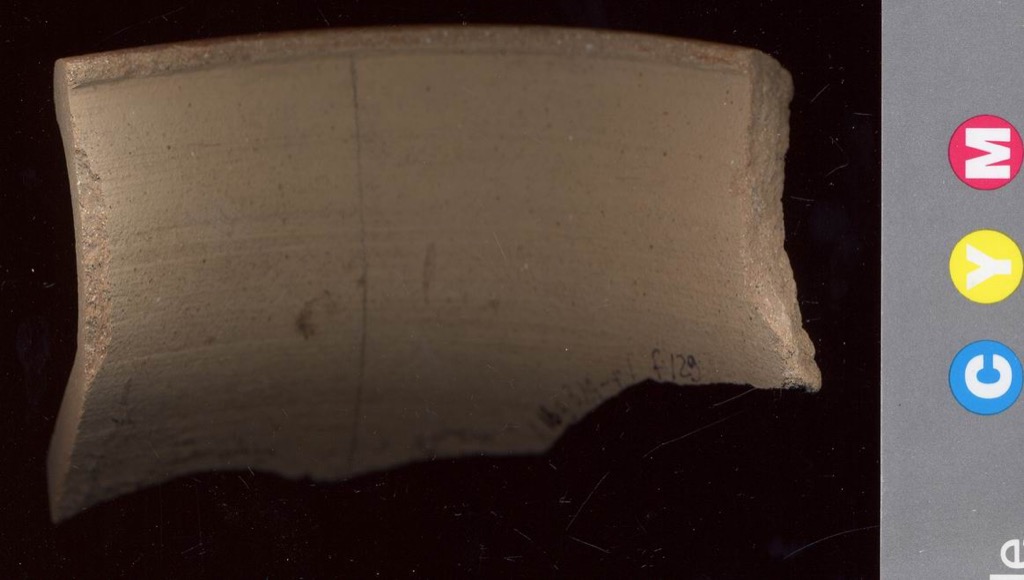 |
Back to top: Fine Red Orange Calcite Temper Ware (RC1)
Sections
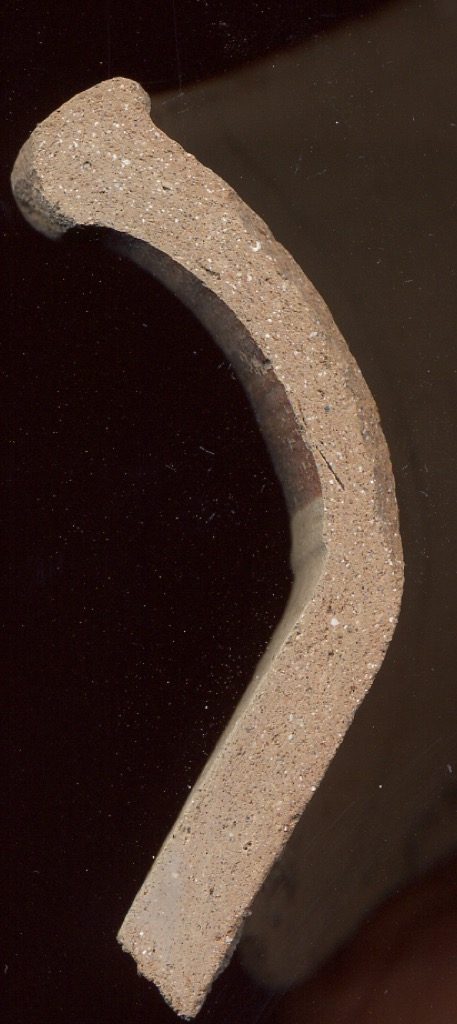 |
Back to top: Fine Red Orange Calcite Temper Ware (RC1)
Phase 7 - Mittani
| Temper | Grittier, with more sand added, than in Phase 6 and sometimes quite coarse for thin walled vessels. Chaff size is uneven with shapes extending from large elongated pieces to small and medium sub-round pieces. Chaff is frequent on the surface of even the thinnest vessels. Rehydrated calcite and small calcite pieces are found on the surface of many vessels, even thin walled shapes. |
| Color | Red-orange to orange-brown clay. |
| Surface Treatment | Surfaces are frequently not well finished. A thick slip is often applied that can be buff-orange to brown-buff; this slip has the effect of masking the rough surface. |
| Decoration | Can be painted with the typical Mittani designs. |
Back to top: Fine Red Orange Calcite Temper Ware (RC1)